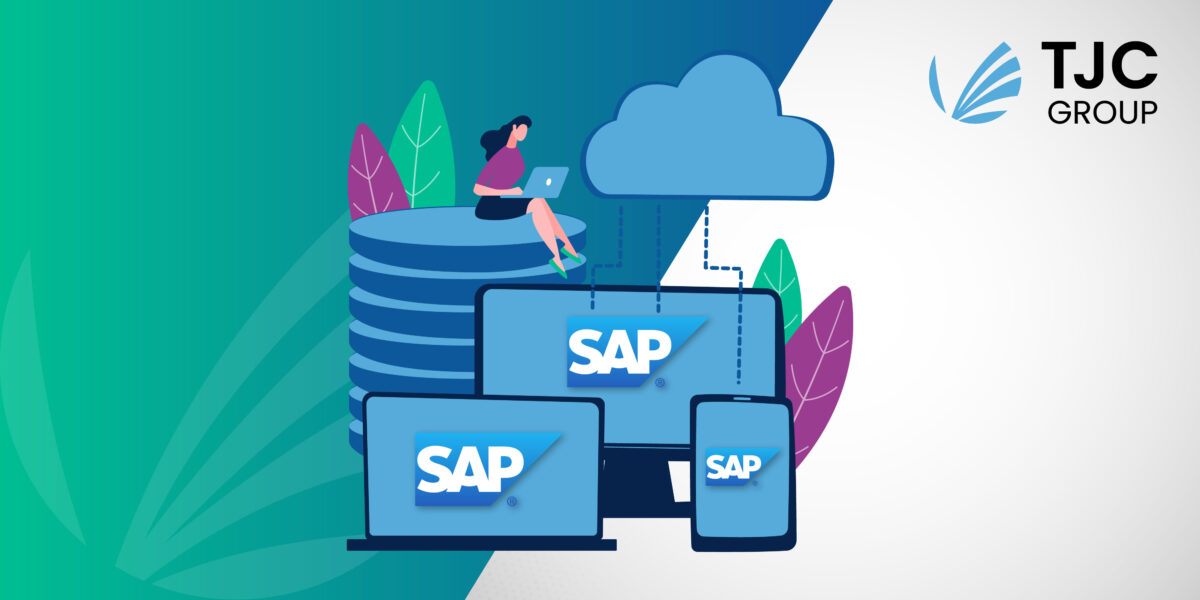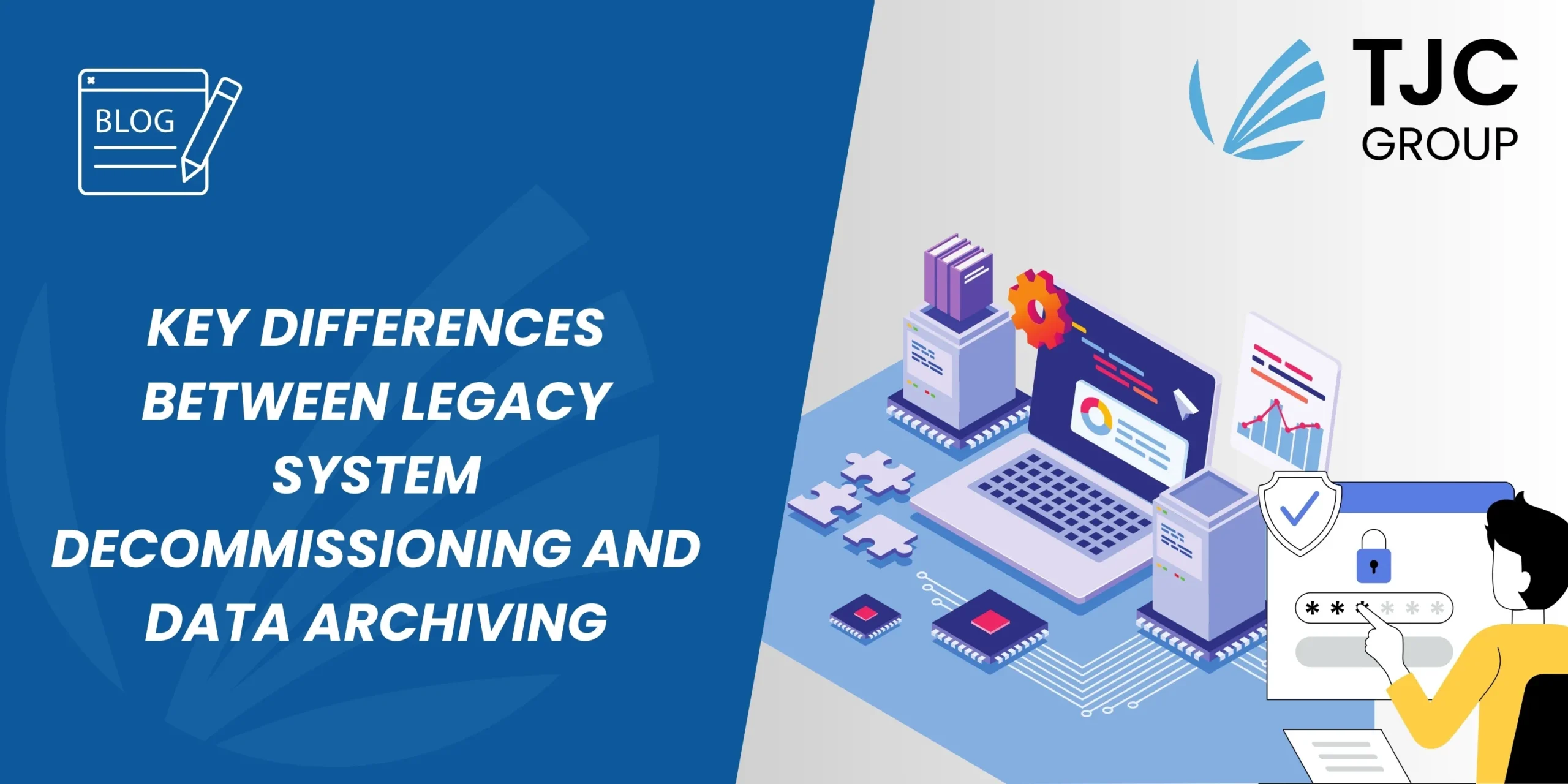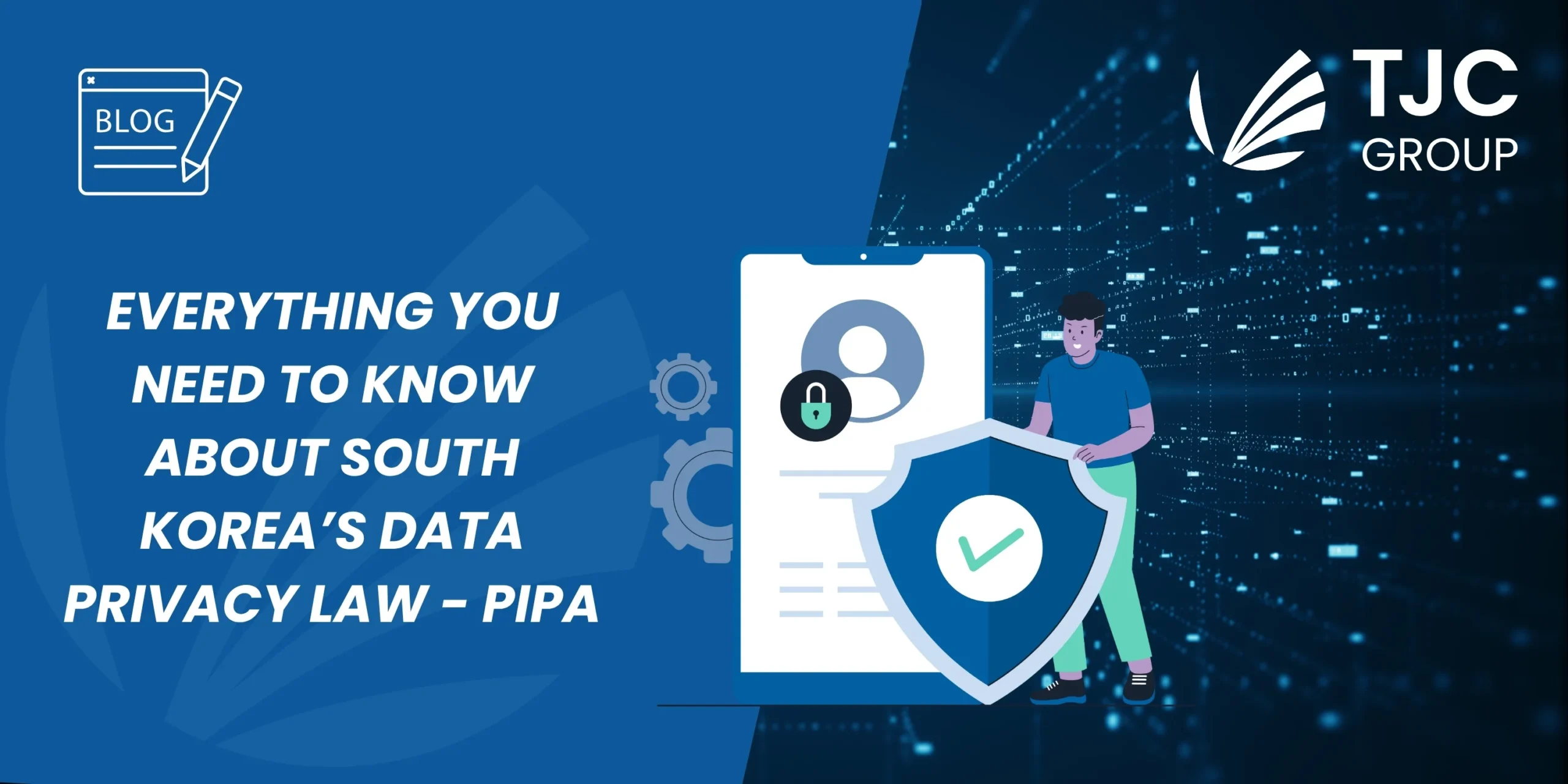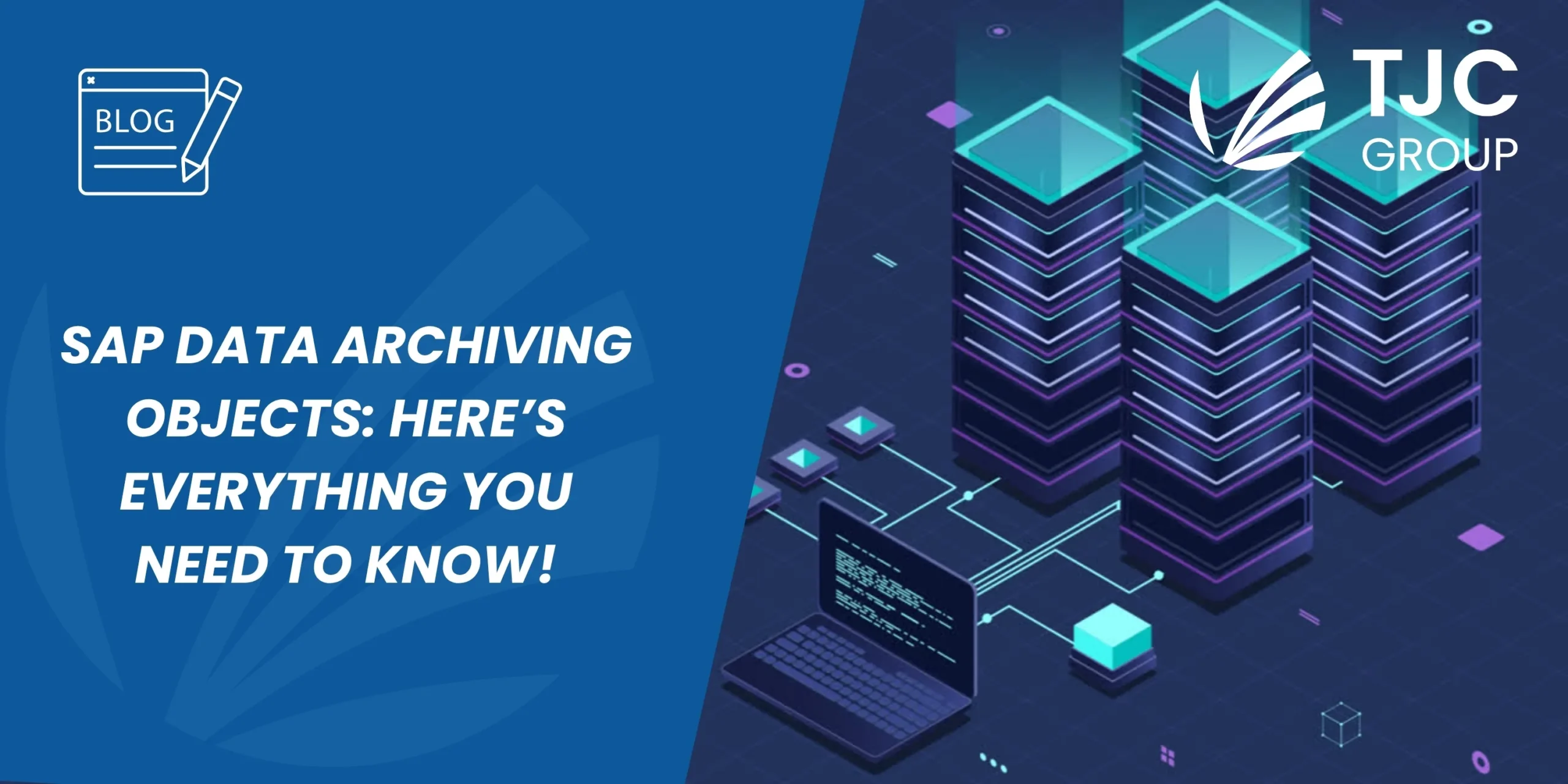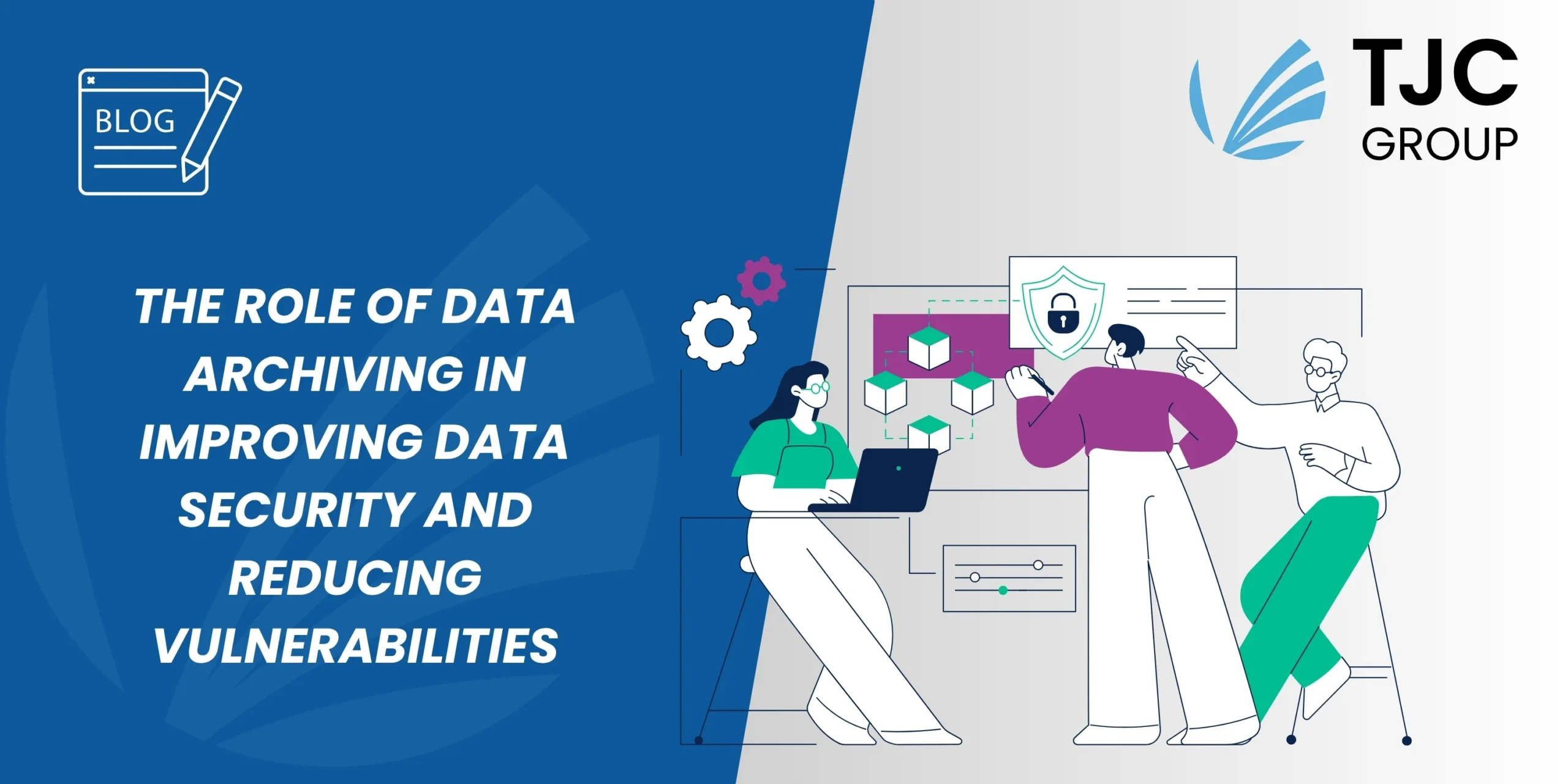Author: Priyasha Purkayastha, Global Content Manager, TJC Group
There’s no doubt in the fact that SAP data archiving is one of the best methods of managing the ever-evolving data. With this process, organisations can control the growth of their HANA database, optimise system performance, and more. But do you really what data archiving is all about, every nuance of it? Well, here’s a comprehensive blog for you. Read on!
Table of contents
Introduction
Digitalisation has impacted today’s era in ways unknown – it is par excellence and far beyond than anyone can anticipate. However, it has also led to a drastic and rapid growth in data, managing which is as imperative as creating them. If we have to talk about the impact of digitalisation, you’d be surprised to learn that during the first few months of COVID-19 pandemic, the usage of internet globally increased by 40%, with an additional electricity usage of 42.6 million megawatt-hours. That being said, according to Statista reports, in 2020, approximately 64.2 zettabytes of data were created, captured, copied, and consumed across the world. With this, the estimated global data creation till 2025 is set to grow by more than 180 zettabytes.
With COVID-19 hitting the world, the increase in data generation became quite more intensive. Multiplying this with the long hours of business, vast data generated across several industries, online shopping, virtual classes, using home entertainment options more often, and so on – the storage space needed for them also increases significantly. Although, it is estimated that the storage capacity will increase at a CAGR of 19.2% by 2025, will it still be a good method to manage the growing data? To be honest, to store data, organisations require to create storage spaces like the cloud, on-premises, or hybrid, and their production never stops. So even if storage capacity in the main system increases, there are far more cons than pros. Here’s when data archiving in SAP systems comes into the picture. With archiving, you can reduce digital carbon emissions, e-wastes, lower the storage costs, and much more.
What is SAP data archiving?
If you have heard the term before, we are sure you have wondered what is archiving in SAP all about, right? So, let’s give you an insight into it. At the very core, data archiving is defined as a strategic approach to help organisations with the management of their data growth. It is a secured process where organisations are enabled for long-term data storage and retention. As a matter of fact, with data archiving, organisations can store critical data or information securely, which remains accessible only to authorised personnel – to be used when needed like for audits, compliance, etc. Moreover, archiving also ensures a better, optimised system performance, effective and proficient use of database resources within the IT landscape, and more. Overall, data archiving allows organisations to strike a balance between retaining the necessary historical data and maintaining lean, high-performing IT infrastructure.
Keep in mind that there are several technologies that exists for data archiving, like intermediate archive implementations. However, for SAP data archiving, the Archive Development Kit (ADK) along with the Archive Administration (transaction SARA) technology is used. Apart from the technology, there are also archiving objects that you must be familiar with.
What are data archiving objects in SAP?
When starting a data archiving project in SAP, one of the most important things to look at are the archiving objects. SAP defines an archiving object as follows – An archiving object helps specify the data that must be archived and how they should be archived. It also describes the database objects that must be handled together as a single business object.
However, keep in mind that, archiving objects may differ in their usage. Before we take a look at that, here are the types of objects for archiving that you must know of –
- The standard archiving object for SAP data archiving: This object can only archive data.
- ILM object: Using this object, you can archive and/or destroy data.
- HR ILM object: The HR ILM object can only run data destruction.
The aforementioned objects use archiving techniques, and which action they perform is defined by SAP and it may change over time.
Interestingly, there is also a fourth object type namely, the data destruction object, which can be used when ILM is activated. Using this object, organisations can process data for which an archiving object doesn’t exist. The main point with the data destruction object is that it processes data that doesn’t use archive files but directly deletes data from the database in a single step. An example of this would the classical housekeeping process. However, the catch here is that unlike housekeeping jobs, the data destruction object requires an ILM customising while a data destruction trace runs is kept in the system.
How are the archiving objects used?
When ILM is activated in the system, a lot of data archiving objects in SAP may be used in the following ways:
- Data archiving, where archived data remains available
- Data destruction, where archived data are destroyed.
However, in both cases, data processing occurs in the following two steps:
- Data is read from the database and then written in archive files.
- Data is read from the archive files and then deleted in the database.
What are the benefits of SAP data archiving?
Stakeholders and decision-makers often ask what the benefit of data archiving in SAP is, and can it add value to the organisation; well, there are a lot of them! Here are a few that should help you make a decision –
Reduces your total cost of ownership
Data archiving helps reduce the excessive cost associated with storing vast amounts of inactive data, furthermore, reducing the total cost of ownership.
Seamless migration to S/4HANA
One of the most sought-after benefits of data archiving in SAP is that it helps in seamless migration to S/4HANA. You can archive old data like old company codes, which are retained only for compliance purposes. This reduces the load on data migration to SAP S/4HANA and smoothens the process.
Reduced migration time
It is hand-in-hand benefit that comes with reduced data for migration. It is a given thing that the more data you migrate, the longer will be the migration process. With the help of data archiving, you can reduce the migration window to a new server or the cloud.
Ensures data privacy
One of the biggest advantages of SAP data archiving is its ability to ensure stringent data privacy. Organisations can ensure compliance with the data privacy laws as well as tax and audit requirements by retaining and deleting any personal information collected from the users.
Helps achieve sustainability targets
With the world advancing and growing rapidly, there’s one aspect that organisations cannot miss – sustainability. As a matter of fact, sustainable and green solutions is the need of the hour. Fortunately, data archiving in SAP helps you achieve a lower carbon footprint. Wondering how? Well, lesser amounts of data mean lesser energy used for storing it, thereby curbing the digital carbon emissions.

eBook: SAP data volume management for sustainability
How data archiving in SAP improves system performance?
Now that you know what is archiving in SAP and its benefits, let’s see in brief how the solution helps improve system performance.
The reason (or logic, per se) on how data archiving improves system performance is simple. When you archive inactive data to a separate storage, it frees up significant space in the live database. This reduces the database size, which further optimises the overall system performance. In fact, when the data volume in the live system reduces, the time taken to execute queries, generate reports, and so on, significantly decreases. Because of this, you can enjoy faster transaction times, which boosts user productivity and system responsiveness.
Apart from this, the optimised system performance helps in ensuring quick disaster recovery and enhanced business continuity. A lighter system ensures seamless backup and data restoration time in the event of system failures.
Final word
While SAP data archiving is one of the most effective methods of managing data volume growth, implementing the solution requires expertise; for which, you have us. TJC Group comes with an expertise of 25+ years in the area of data archiving and management, streamlining the process by deploying its very own Archiving Sessions Cockpit (ASC); end-to-end project management, strategising with subject matter experts, and more.
Want to learn more about us and join hands for your data archiving needs? Contact us now!


